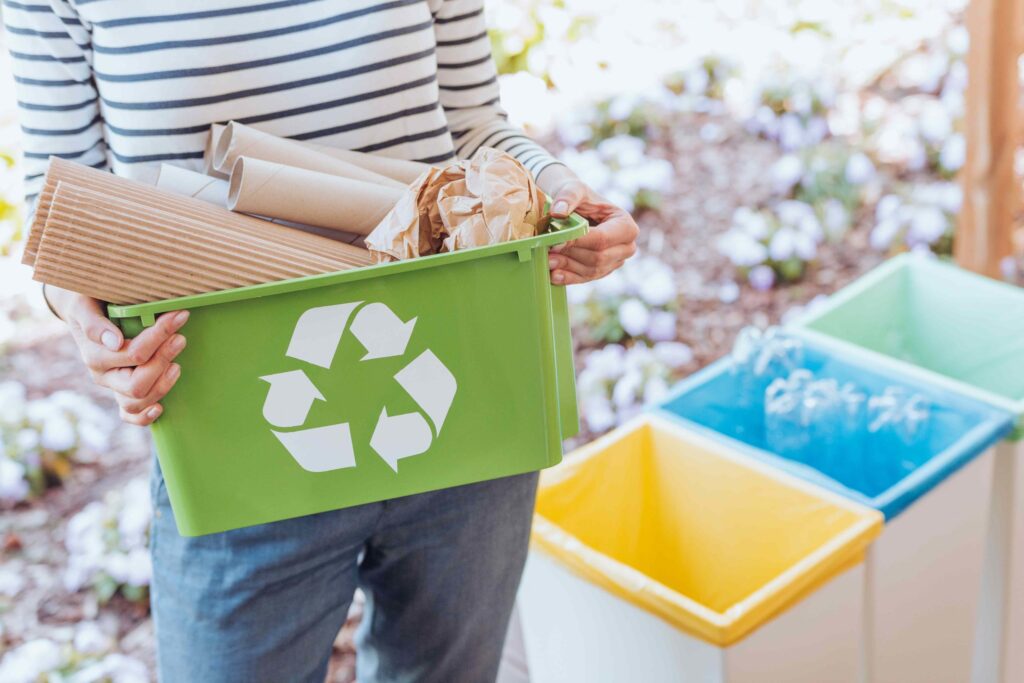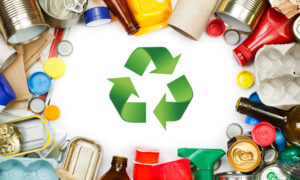Moving house is a significant undertaking, and it often involves decluttering and disposing of unwanted items. However, disposing of items in an efficient and responsible way can be a challenge.
From figuring out what to do with sentimental items to properly disposing of hazardous materials, there are many factors to consider.
In this article, we’ll explore some tips and methods for efficiently and responsibly disposing of unwanted items during a move.
1. Start Early
One of the most important tips for efficiently disposing of unwanted items is to start early. Moving is a busy and stressful time, and decluttering can be a time-consuming process. Starting eResponsibly Disposearly allows you to tackle one room or category of items at a time, making the process more manageable.
2. Sort and Categorize
Before disposing of unwanted items, it’s important to sort and categorize them. This can help you determine which items are still useful, which items can be donated or sold, and which items need to be properly disposed of. Sort items into categories such as “keep,” “donate/sell,” “recycle,” “compost,” and “dispose of properly.”
3. Donate or Sell
Many items, such as clothing, furniture, and electronics, can be donated or sold. Donating to local charities or thrift stores is an excellent way to keep these items out of landfills while also helping those in need. Additionally, selling unwanted items online or at garage sales or enlisting the help of Ridly’s washing machine removal services is a great way to reduce waste and put some extra cash in your pocket.

Source: charity.lovetoknow.com
4. Repurpose or Upcycle
If you have items that are no longer useful in their current form, consider repurposing or upcycling them. For example, an old dresser could be turned into a unique bookshelf, or a collection of old t-shirts could be transformed into a quilt. There are many creative ways to give old items new life and keep them out of landfill.
5. Composting
Many household items, such as food waste, yard waste, and even some types of paper and cardboard, can be composted. Composting is a natural process that breaks down organic matter into nutrient-rich soil. By composting these items, you can reduce waste and create a valuable resource for gardening and landscaping. Learn more about it here.
6. Recycling
Recycling is a common method of waste disposal, but it’s important to understand what can and cannot be recycled in your area. Many communities have recycling programs that accept items such as paper, plastic, glass, and metal.
However, some items, such as styrofoam and plastic bags, may not be recyclable in your area. It’s important to research local recycling guidelines and follow them carefully to avoid contaminating the recycling stream.

Source: zerowaste.com
7. Hazardous Waste Disposal
Some household items, such as batteries, light bulbs, and electronic devices, contain hazardous materials that require special disposal methods. These items should never be thrown in the trash or recycled with other materials.
Instead, they should be taken to a hazardous waste disposal facility or a special collection event. These facilities are equipped to safely handle and dispose of hazardous materials, reducing the risk of environmental contamination.
8. Eco-Friendly Disposal Services
Eco-friendly disposal services have become increasingly popular in recent years. These services specialize in environmentally-friendly disposal methods, such as recycling, repurposing, and composting.
They often work with local charities and non-profits to donate usable items and can provide documentation of how items were disposed of. While these services may be more expensive than traditional methods, they offer a convenient and environmentally-conscious option for disposing of unwanted household goods.
9. Reusable Packaging
When moving or decluttering, it’s important to consider the amount of waste generated by packaging materials, such as boxes, tape, and packing peanuts. Instead of using disposable packaging materials, consider using reusable options, such as plastic totes or cloth bags. These options not only reduce waste but can also be used for future moves or storage needs.

Source: treehugger.com
10. Donate to Charitable Organizations
In addition to donating or selling unwanted items, you can also consider donating them to charitable organizations. Many charities accept a wide range of items, from clothing and household goods to electronics and furniture. Donating to charitable organizations not only helps reduce waste but also helps support important causes and charities in your community.
11. Consider Renting a Dumpster
If you have a significant amount of items to dispose of, renting a dumpster can be an efficient and convenient option. Dumpsters can be rented for a set period of time and are available in various sizes to suit your needs. By renting a dumpster, you can dispose of large items or quantities of waste in a single trip, reducing the amount of time and effort required for disposal.
12. Plan for Hazardous Materials
As mentioned earlier, hazardous materials require special disposal methods to ensure safe and environmentally-conscious disposal. When preparing for a move, it’s important to plan for hazardous materials such as chemicals, batteries, and electronics. These items should be properly labeled and separated from other items to ensure safe disposal.

Source: pinterest.com
13. Hire a Professional Disposal Service
If you have a significant amount of items to dispose of, or if you’re dealing with hazardous materials, you may want to consider hiring a professional disposal service. These services specialize in environmentally-friendly disposal methods and can handle a wide range of items, from furniture to hazardous waste.
By hiring a professional disposal service, you can ensure that your unwanted items are disposed of in a responsible and efficient manner.
Final Thoughts
Disposing of unwanted items during a move can be a challenge, but it’s important to do so in an efficient and responsible way. By starting early, sorting and categorizing items, and considering options such as donation, recycling, and composting, we can reduce waste and contribute to a more sustainable future. Additionally, it’s important to plan for hazardous materials and consider eco-friendly disposal services when necessary. With a little planning and effort, we can make the most of our moves while minimizing our environmental impact.
Overall, the key to efficiently and responsibly disposing of unwanted items during a move is to be mindful of our environmental impact. By taking these steps, we can not only minimize our environmental impact during a move, but also develop habits and practices that will benefit the planet in the long term.























